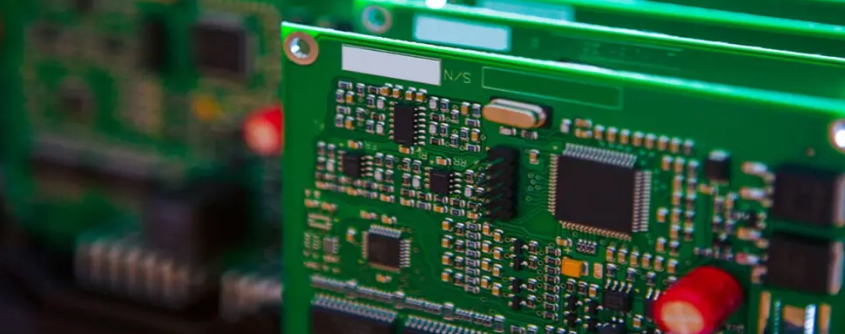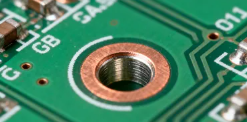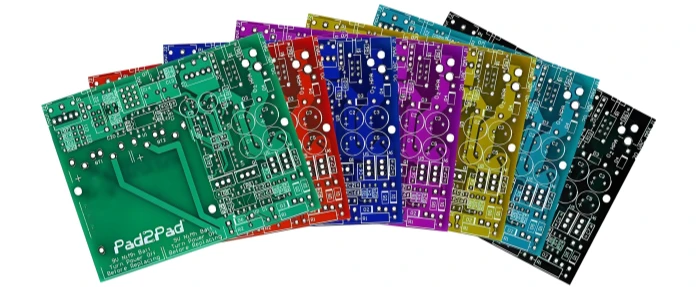A Complete Guide to Solder Paste Inspection (SPI)

1. The Role of SPI
In the SMT process, solder paste printing is a critical step. Studies show that 80-90% of SMT defects come from this phase. That’s where SPI comes in — acting as a strict “quality guard.” Placing SPI after solder paste printing but before component placement allows for early detection of defects, saving a lot of time and money compared to catching issues after reflow soldering. With smaller components, like 0201 packages, requiring even more precise solder paste printing, SPI’s importance is growing. Identifying issues early reduces rework costs and simplifies repairs.
2. Key Features of SPI
(a) High Detection Accuracy
Most SPI machines use advanced 3D imaging technology to accurately measure parameters like solder paste height, volume, and area. Some high-end SPI machines have Z-axis resolutions as fine as 0.6 microns and a height accuracy of 2 microns, capturing even the smallest deviations or defects in the solder paste printing process.
(b) Comprehensive Detection Capabilities
SPI doesn’t just measure basic parameters. It can also detect short circuits, misalignment, deformation, bridging, insufficient solder, and other defects. With this detailed data, operators can adjust printing parameters in real-time to improve the process.
(c) Easy to Operate
Most SPI machines feature a Windows interface, so operators can easily get up to speed with minimal training. The measured data can be saved and printed, making it easy to track and review production metrics.
(d) Excellent Stability
High-quality SPI machines are built for stability. Their repeatability and reproducibility (GR&R) are excellent, ensuring the measurements for solder paste thickness, area, and volume are consistent and reliable.
3. SPI Inspection Methods
(a) Laser Inspection
- Point Laser: Early laser inspection used point lasers with CCD imaging, but this method was slow, as it required X and Y positioning.
- Scanning Line Laser: To improve speed, point lasers were replaced with scanning line lasers. This type of laser quickly scans the solder paste, gathering a wealth of data points for a more thorough inspection.
(b) Stripe Light Inspection
Another common method in SPI, stripe light inspection involves projecting a pattern of stripes onto the solder paste surface. By analyzing the distortion and reflection of the stripes, the system can calculate the height and shape of the solder paste. This method also performs well in terms of speed and accuracy.

Other methods include 360° profile measurement, coordinate mapping, structured light, and dual-lens stereo vision, though they are less commonly used in real-time testing due to speed limitations.
4. SPI Inspection Standards
(a) Equipment Capacity Standards
- PCB Handling Capacity: SPI machines typically handle PCBs ranging from 50x50mm to 450x535mm (single-track) or 450x250mm (dual-track). They can measure PCB thickness from 0.4 to 4mm and compensate for PCB warping up to ±5mm.
- Precision Requirements: Camera resolution usually hits 25 microns or higher. For high-precision components, such as 0.3/0.35mm pitch or 01005 devices, a resolution of 20 microns is required. Minimum measurable sizes are typically 200 microns for square shapes and 250 microns for round shapes.
(b) Production Process Standards
- Solder Offset Specifications: For 01005 components, the offset of the solder paste must be less than 30% of the standard pad length and 30% of the pad width. For non-01005 components, the offset must be less than 35%.
- Solder Volume Specifications: The volume and area of solder paste have corresponding standards based on the theoretical opening of the stencil. If specifications are exceeded, cleaning and adjustment are required.
5. How SPI Works
First, the SPI machine takes an image of a flawless board (a “standard” sample) as a reference. Future boards will then be judged based on this reference. The inspection method may vary depending on the technique used. For example, with laser inspection, the scanning laser follows a set path over the PCB’s solder paste. The laser’s reflection changes based on height differences between the solder paste and surrounding PCB, allowing the machine to calculate the solder paste height with precision. The system scans the entire board to gather data on solder paste height, volume, area, etc.
Once the inspection is complete, the SPI device compares the data to preset standards. If any defects are detected, it triggers an alert and provides detailed information about the defective areas for quick resolution.
Conclusion
SPI is an indispensable part of the SMT process. Understanding its role, features, inspection methods, standards, and workflow helps manufacturers better utilize SPI equipment, improving product quality, reducing production costs, and enhancing competitiveness. As electronics manufacturing technology continues to evolve, SPI will keep innovating and advancing, providing stronger support for high-quality production of electronic products.
Related Posts
PCB Assembly
September 2, 2025










